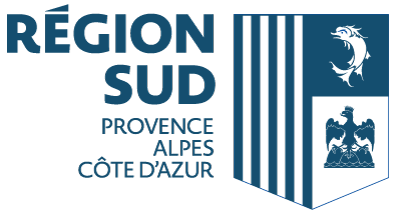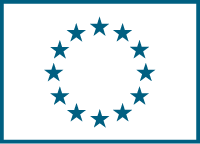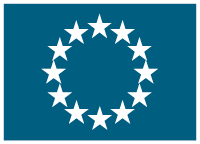Conservation and development of the inland salt marshes of Northern Thuringia
(Binnensalzstellen Thüringen)
Date du début: 1 sept. 2003,
Date de fin: 31 août 2008
PROJET
TERMINÉ
Background
Salt marshes are not only found in maritime sites. Northern Thuringia and Sachsen-Anhalt in central Germany host some outstanding inland salt marshes - links between the coastal salt marshes of northern and western Europe and the Pannonic inland salt marshes of Hungary.
The salt marshes in the project area, covering 853 ha in the vicinity of the Kyffhäuser mountains, are the largest and most biodiverse in Thuringia. They are the result of a special hydro-geological situation, in combination with appropriate land use.
The abandonment of grassland farming or a lack of grazing activities in habitats with vegetation that thrives in salty conditions â halophile - constitutes a threat to salt marshes. So too does the displacement of salty conditions by freshwater influence, or the loss of hydraulic regulation traditionally ensured by irrigation and drainage systems. Typical salt-marsh vegetation is currently limited to a distribution over approximately 50 areas of varying size, totalling around 75 ha.
Objectives
This LIFE Nature project sought to improve, enlarge and conserve the major inland or âcontinentalâ salt marsh habitats. Its target was to expand their area to 110 ha by the end of the project.
To achieve its overall objective, the project aimed to regain control over the water regime in the groundwater-dominated Esperstedter Ried basin in central Germany. Foreseen activities included the clearing of ditches and the construction or renovation of weirs. Such measures, and the construction of a connecting channel, would allow the development of saline habitats of varying humidity and conditions over a larger area.
A preliminary measure required for these actions would be the purchase of land. After these interventions extensive grazing would need to be continued or introduced over the project area. Similarly, broad dissemination work would be needed to make the local population, tourists and guests of the nearby health resort aware of this very special habitat type.
Results
The project successfully increased and improved inland salt marshes in central Germany. From a starting position of 72 ha of poor quality saline habitat, the projectâs activities led to 88 ha of salt meadows in favourable conservation status.
Following the acquisition of 129 ha of land, the project implemented measures across the target area to manage water levels. It created ten depressions in the Esperstedter Ried basin, further depressions with a total size of 2 ha in the "Seehäuser Sack" and a flood depression at the Artener Solgraben. Ditches were cleared along 10 km and weirs restored in the Esperstedter Ried to allow for particularly close control of water levels in important salt meadows.
The project led to visible benefits for prioritised halophyte fauna and flora species. Important meadow bird species profited from the restoration actions, notably the common snipe (Gallinago gallinago) and northern lapwing (Vanellus vanellus). Some beetles and insects that were previously classified as extinct in Thuringia â notably Dyschirius chalceus and Bembidion fumigatum - were also seen to return.
Starting off the long-term management of the inland salt marshes, the project partners mowed 10 ha of reed and independent farmers - motivated by the project - a further 15 ha. Farmers supported the project since the grazing areas for their cattle were increased and they benefited from the restored ditch system.
Grazing management was optimised by introducing different animals with different grazing habits; the project even purchased one heck cattle bull and three Konik horses. Grazing intensity was sometimes increased up to three animals per ha, particularly in sites with dense reed. The resulting short grass cover and increased sunlight will favour halophytes.
The project saw the introduction of detailed management plans covering the whole project area. The nature park Kyffhäuser will oversee monitoring and management beyond that already provided by Natura 2000. A detailed briefing of nature park staff was conducted at the end of the project.
To increase awareness of the valuable habitats and their conservation, the project produced brochures about the project and bird species, a poster, a calendar, a film and a multimedia show. An exhibition about inland salt marshes was installed in a regional museum and a large international conference held. An observation tower was constructed for visitors and around 100 visits of the project area conducted.




